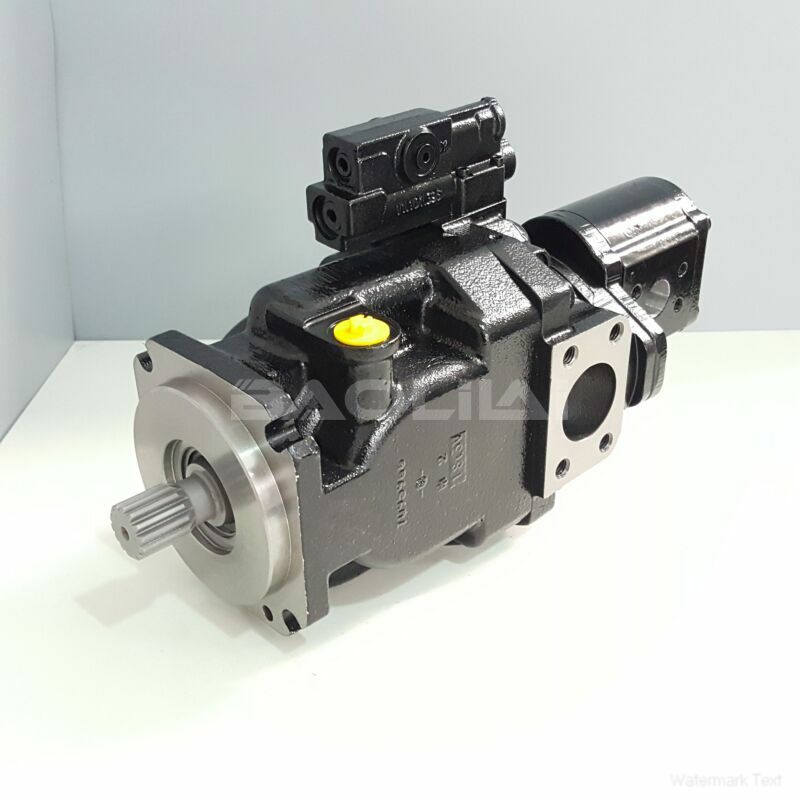FRL074BBS3120NNN3S1N4A1NNNNNNNNNN danfoss pump
FRL074BBS3120NNN3S1N4A1NNNNNNNNNN danfoss pump

- Product Details
- Applicable Scene
Rocket propulsion systems rely heavily on the efficiency and reliability of various components to ensure successful launches and missions. Among these components, piston pumps have emerged as a vital element due to their precision and performance characteristics. This article delves into the role of piston pumps in rocket propulsion, exploring their design, advantages, and the critical factors that make them suitable for such demanding applications.
FR-L-074B-BS-31-20-NN-N-3-S1N4-A1N-NNN-NNN-NNN
FRL074BBS3120NNN3S1N4A1NNNNNNNNNN
Piston pumps function on the principle of converting mechanical energy into hydraulic energy, enabling the transfer of propellants with high accuracy and control. In rocket propulsion, the fuel and oxidizer must be delivered to the combustion chamber under specific conditions to maintain the desired thrust and efficiency. Piston pumps excel in this area because they can precisely regulate the flow rate and pressure of the propellants, ensuring optimal performance during critical phases of a launch.

83032899
One of the primary advantages of piston pumps in rocket engines is their ability to handle high pressures in a compact design. Rockets operate under extreme conditions, requiring components that can withstand both high pressure and fluctuations during flight. Piston pumps are engineered to perform reliably in these environments, maintaining consistent flow rates even as the pressure profiles change. This stability is crucial for engine control systems that rely on accurate measurements to adjust thrust and maneuverability.
Moreover, the versatility of piston pumps allows for adaptation to different types of propellants. Whether using liquid hydrogen, kerosene, or other advanced propulsion materials, piston pumps can be designed with materials and configurations that optimize performance and mitigate risks associated with fuel handling. This adaptability is essential in modern aerospace engineering, where missions may require a range of propellant combinations.





